|
|
The current range of books. Click the image above to see them on Amazon (printed and Kindle format). More info on coinpublications.com |
|
|
-
Content Count
1,369 -
Joined
-
Last visited
-
Days Won
26
Posts posted by Bronze & Copper Collector
-
-
I concur.
IMHO the upgraded coin is more desirable.
-
 1
1
-
-
3 hours ago, VickySilver said:Well, sort of, but it was my fault I guess. I bought a truly fantastic 1926ME Penny from a Spink SNC in the year 2000. Coin listed as GEF, but in fact on delivery noted it to have booming red/orange lustre. I was a bit nervous about maintaining the surfaces in the humidity of the Washington DC area and so about 5-6 years later slabbed it - it still looked superb but after about 10 more years the lustre had given away to Red Brown surfaces.
Still the nicest I have seen but my goodness how it hurt....BTW the coin is the PCGS "plate" coin for the date if you look at their "Pop Reports" (it graded MS65RB).
Magnificent coin....
-
2 hours ago, Rob said:Verdigris - environmental damage, no grade assigned
Double 00 is both sides affected
-
1 hour ago, Iannich48 said:What happens if it lands on the green zero?😁
Probably gets rejected
-
 1
1
-
-
-
-
I have 2 in my collection and 1 in my spares.
Total 3 in my possession right now.
-
 2
2
-
-
-
-
4 hours ago, blakeyboy said:Legally speaking, was it an open and shut case?
I believe sir, that you are being de-briefed.
-
 2
2
-
-
A simple but moderately effective means of getting a uniform perspective is to use a scanner. It doesn't truly get a great image for depth, however for side by side comparisons it's effective.
Of course it only works if the coins in question are in your possession.
-
 1
1
-
-
If my memory serves me correctly the following would probably provide the most plausible explanation.
I seem to recall reading about copies of coins made for jewelry purposes that were of the proper gold content. They were adequate for the purpose of the wearer but would not fool a collector or dealer.
If you placed them side by side and examined them you could and would see the difference. However, if you simply did a gold content test they would match. Oftentimes they would be bought alongside genuine coins for melt.
I have seen bracelets and necklaces with these type copies. They included British sovereigns, US $20 & $10 (necklaces), and $5 & $2 1/2 (bracelets, cufflinks & rings. Also Austrian 20 (not sure of the denomination) Ducats,, French 20 Francs, and Mexican 50 Pesos.
-
 2
2
-
-
10 hours ago, secret santa said:Ah yes, I hadn't recalled that or even seen it when looking through it last night - I bow to your superior knowledge, Gary 😡
Don't necessarily blame yourself Richard. I was using what I believe to be the 3rd and final edition from 2003. I don't know what edition that you have. I don't think that particular information was in the earlier editions from 1999 and 2001. At least I looked fast in the 2001 edition but couldn't find it. Of course it was late and I was tired, so I could have missed it.
-
-
52 minutes ago, secret santa said:I can only find a mention of an 1862 penny on page 31 which he describes as "as for Number 38" with 2 struck over 1, and which "should be included as Satin 38A", but none of the 1862 2 over 1 examples that I've seen are the F38 die pairing. I'm not sure that John is correct here.
Or have I missed something ?
I don't have the book with me right now, but I'm referring to the S-38 (F-38) obverse 2, reverse g. Throughout the book, he lists (current information at the time it was published), known specimens, known die pairings, finest known, estimated values, etc.
When I get home I'll try to post an image.
-
Just for the record,
Satin (John Jerrams), in his reference guide, acknowledges 2 die pairings for the S-38 (F-38).
-
3 hours ago, 1949threepence said:Thanks Gary.
Thanks for pointing out where to find it...
-
 1
1
-
-
-
I'll defer to those better acquainted with the series and its intricacies.
However, although it defies conventional wisdom and logic, to me at least, it looks most like a 8/9.
Much as Bramah states (in extrapolation), the most likely source of the line to the right between the upper and lower loops of the 8 would be an underlying 9. The knob within the lower loop on the left side, although potentially from either a 3 or a 5, could also be from a 9. The slight curved line within the upper loop lower right side, could be from a 3, but also and to me, more likely a 9.
A strange conundrum to have an earlier year recut over a later year, yet not impossible.
“When you have eliminated all which is impossible, then whatever remains, however improbable, must be the truth.”
-
So long as no one is barking up the wrong tree.....
-
 1
1
-
-
23 minutes ago, jelida said:The problem is that there is no sure way to differentiate between an inverted V and die fill of the crossbar of the ‘A’. We often see impaired bars to the letters E, F for example and accept them for what they are, but if the same happens to the bar of the ‘A’ we see it as an overstrike. There is no way of knowing, excepting that perhaps in a very high grade coin a microscope might show an undeniably formed edge where the bar should be. Otherwise it’s wishful thinking. I know, I do it too.
Jerry
Agreed.
The only reason I mentioned the A was because, if I did not, someone else would almost be sure to mention the weak/missing crossbar, perhaps thinking that I had missed it.
My primary enquiry was regarding whether or not the repunched R & I were previously known.
-
29 minutes ago, secret santa said:I have in my own collection a similar example regarding the A/V. I have described it as follows:
there is a clear and sharp but very thin crossbar to the A, possibly as a result of the A being repaired with an overstruck inverted V punch, leaving the the faintest but sharp remains of the crossbar, similar to the residual 8 of the 1861 F30 6 over 8 (see below under 1861 F30). The cross bar is barely visible in the above photograph but clearly and sharply visible at an angle under a magnifying glass.
Hi Richard,
Is yours also on an F-10? Asking because I don't see the repunched R or I.
-
-
 Coinpublications.com
Coinpublications.com

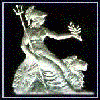
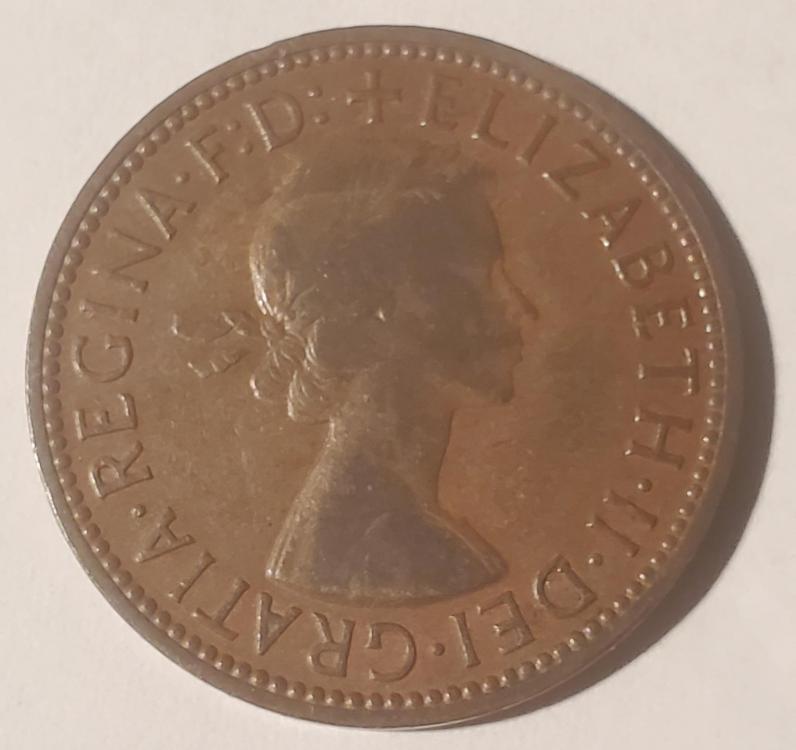




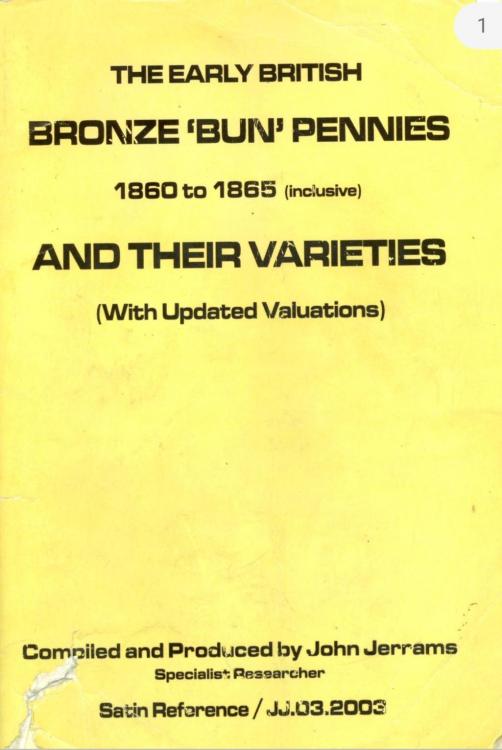
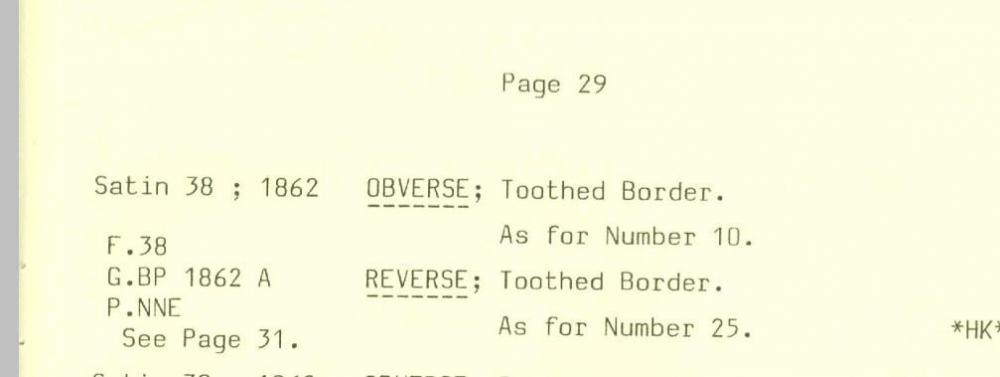
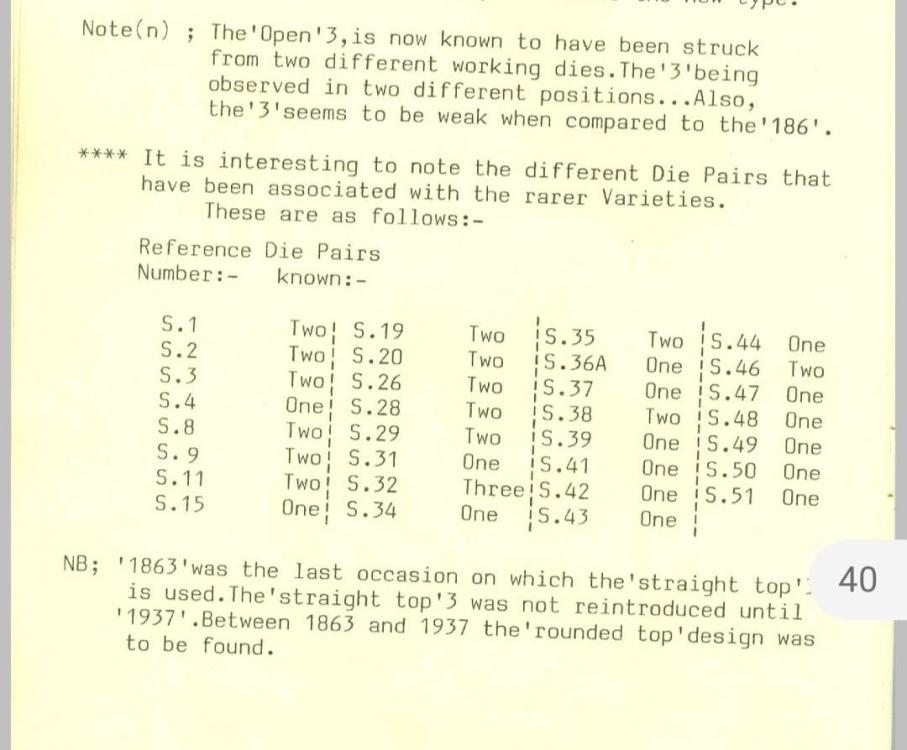
1024_1.thumb.jpg.63938eb14430ea843dea71129114fa29.jpg)
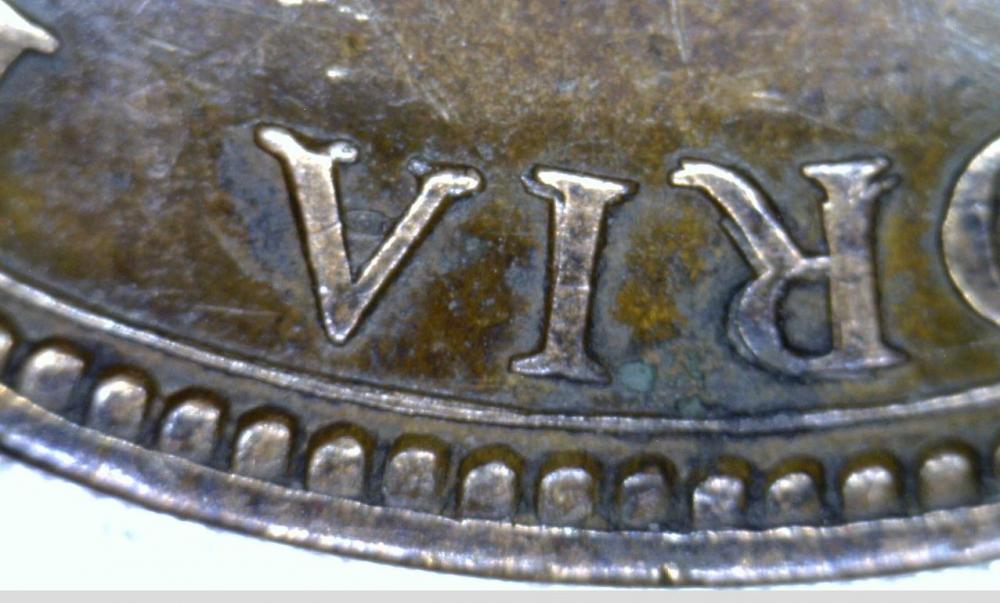
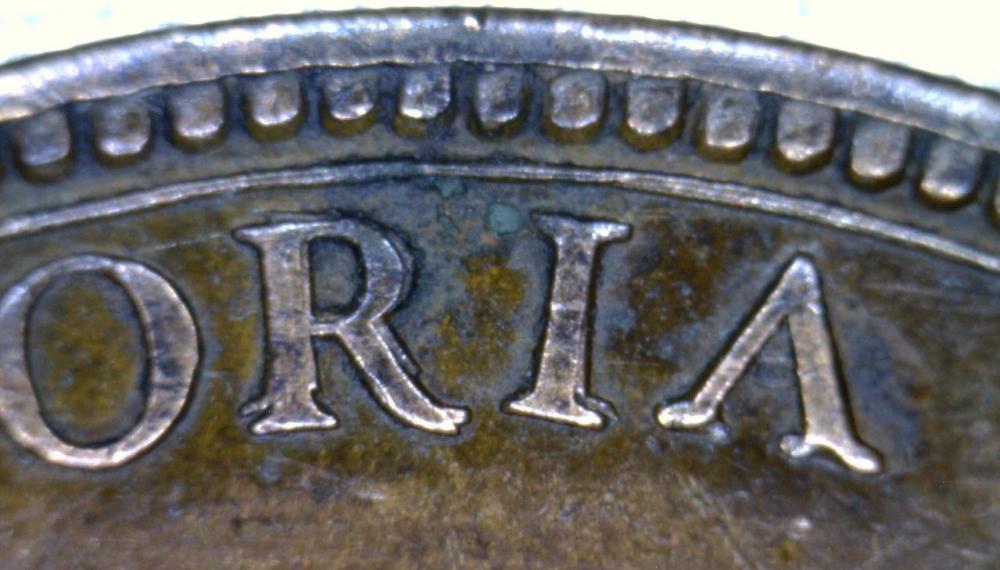
Which 1926 Florin is the Better Coin
in British Coin Related Discussions & Enquiries
Posted
Damn auto-correct,
I wanted to write "UNgraded".